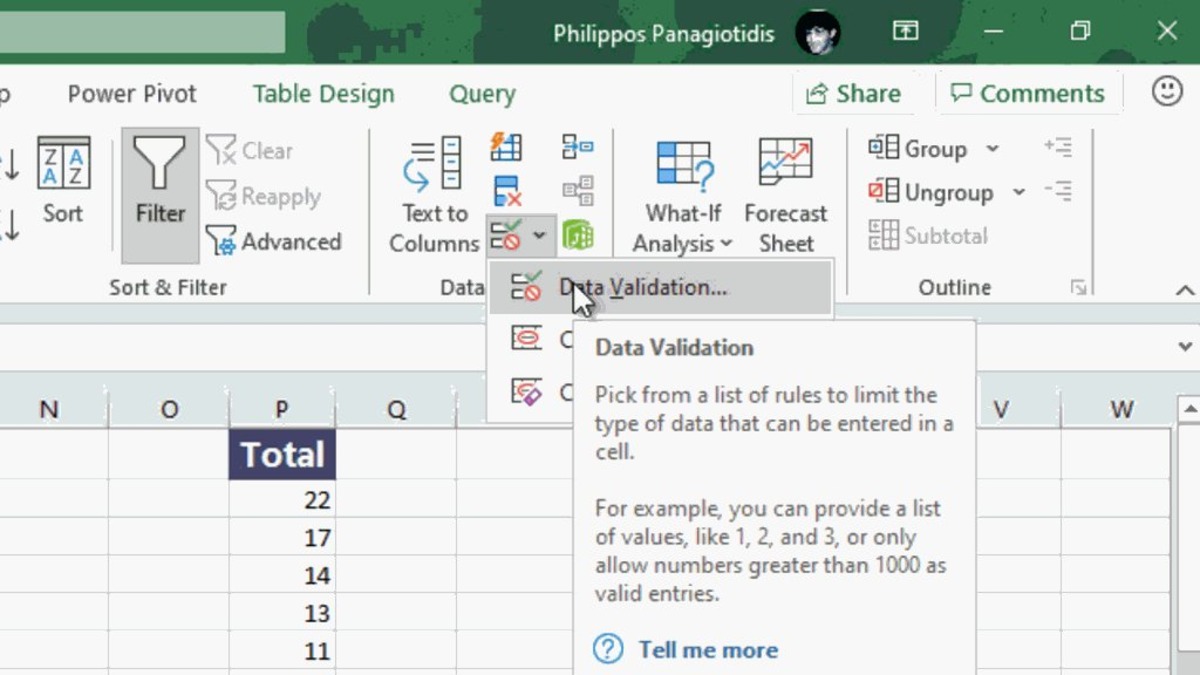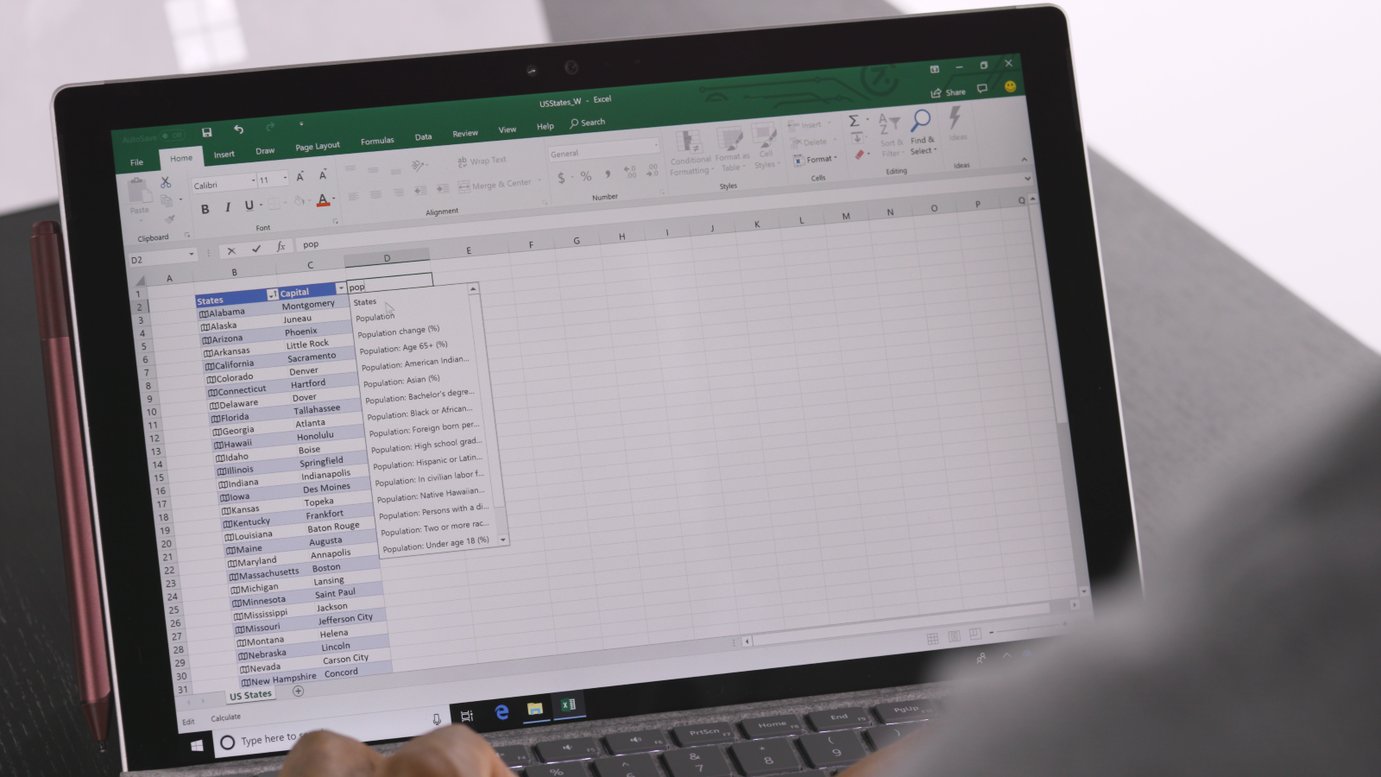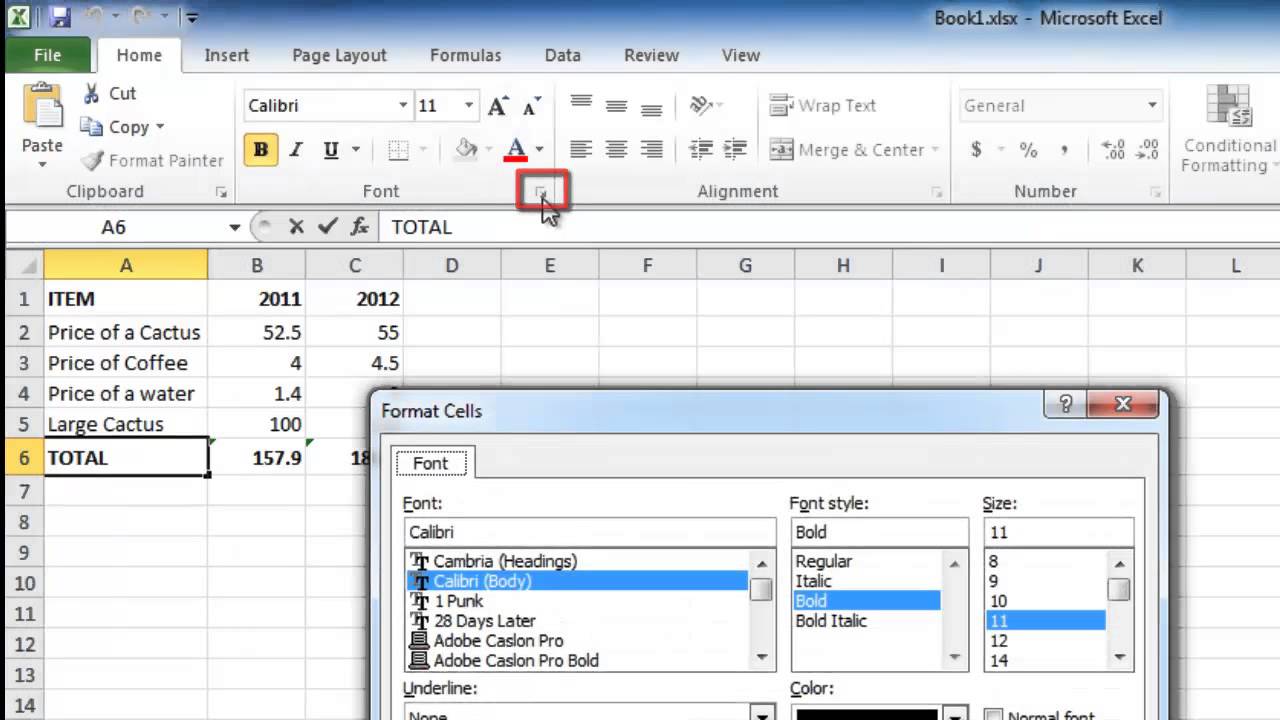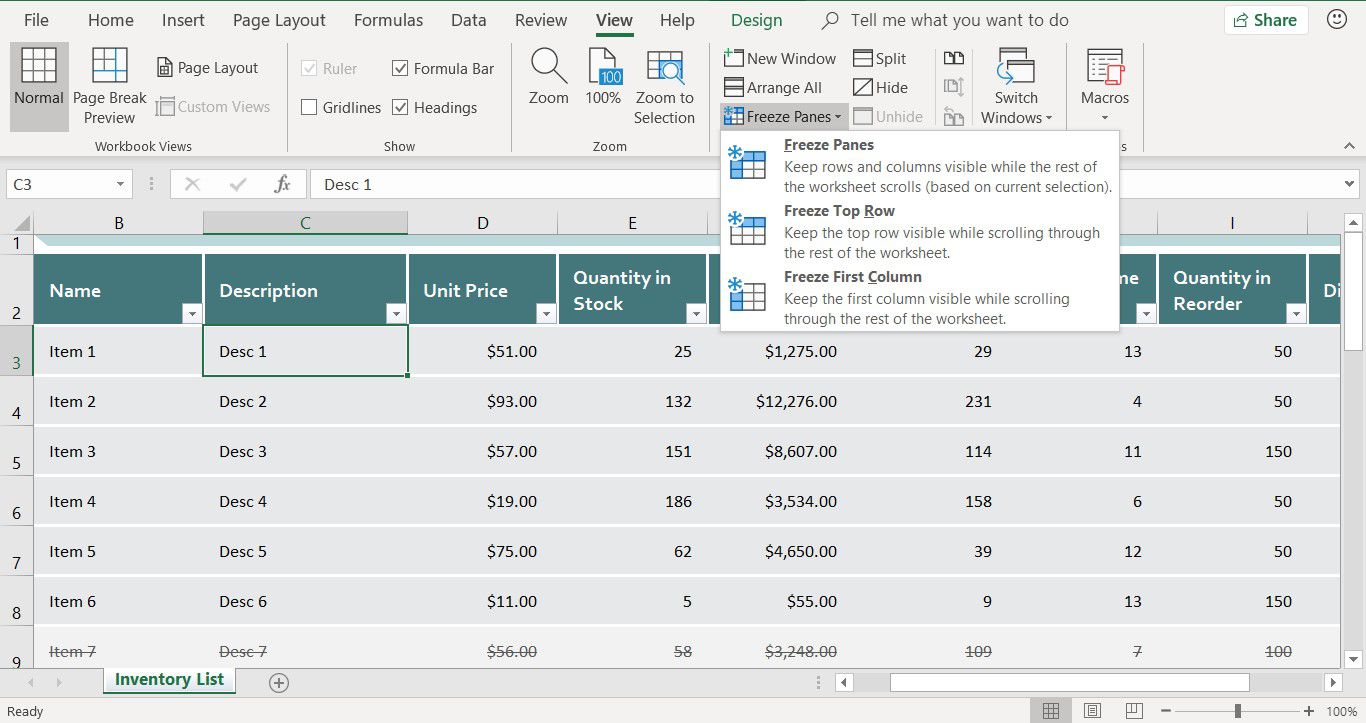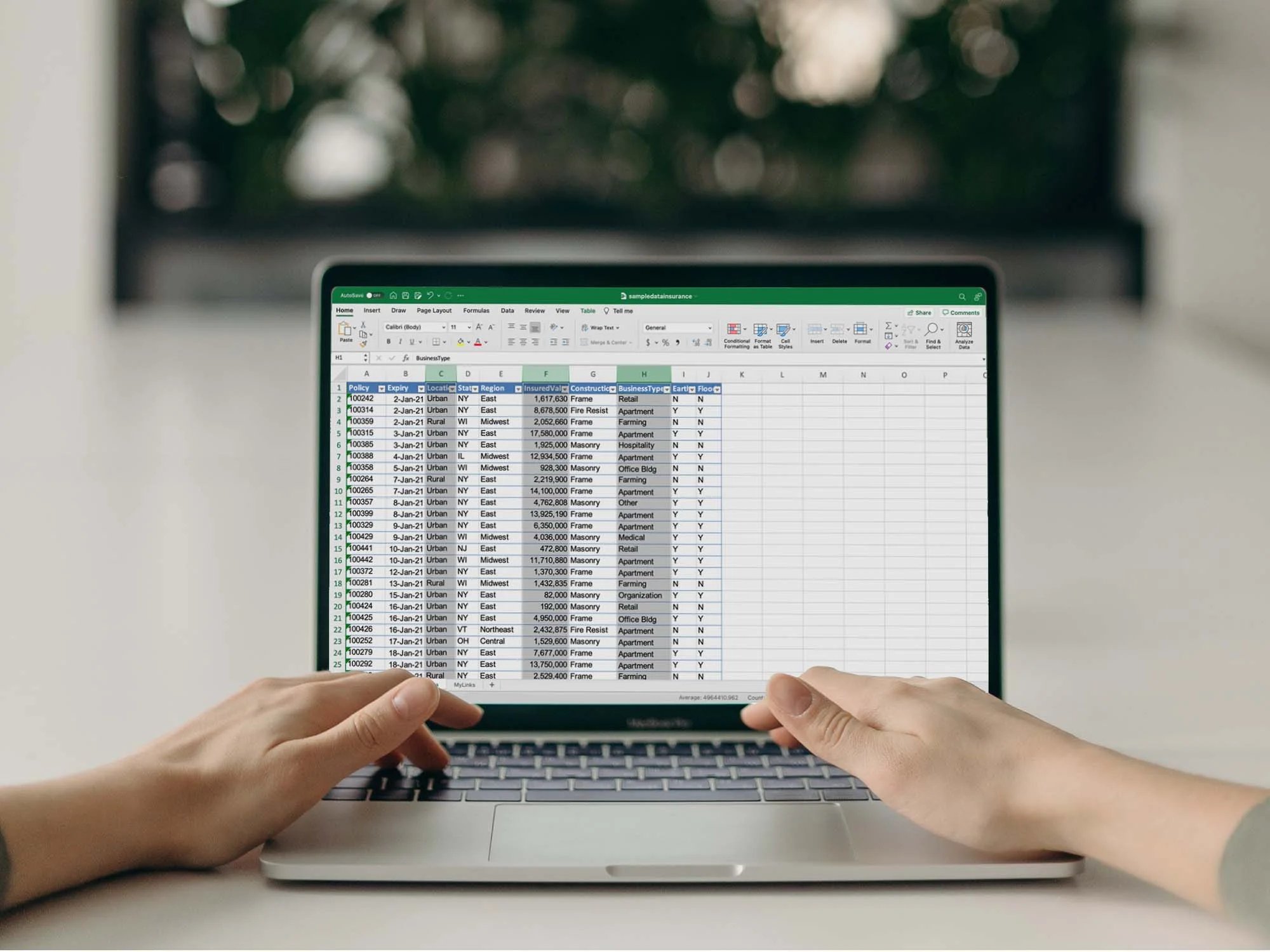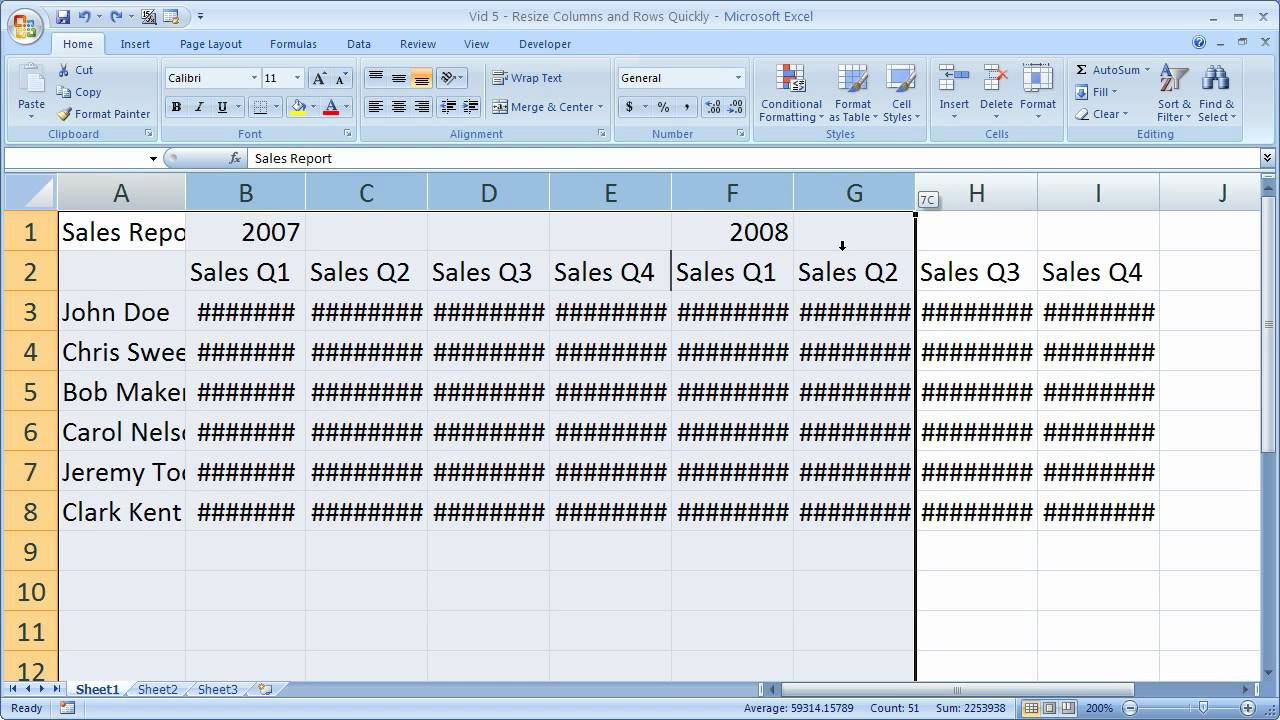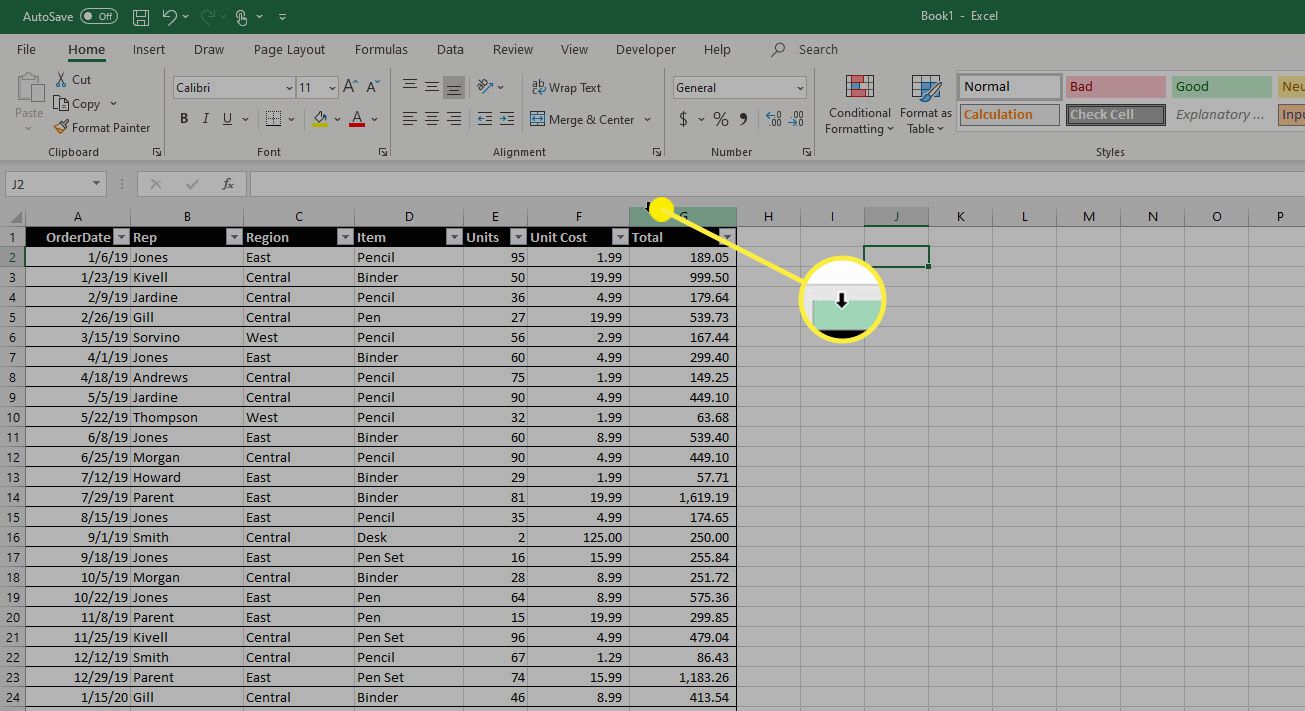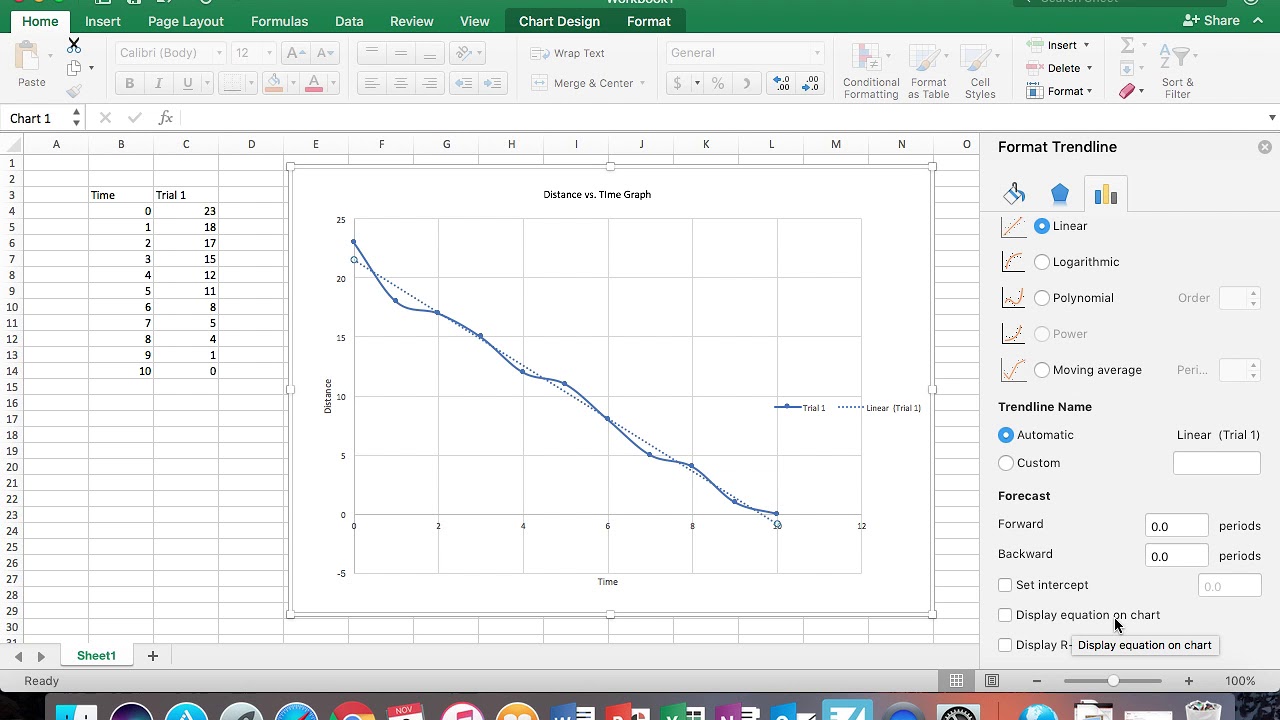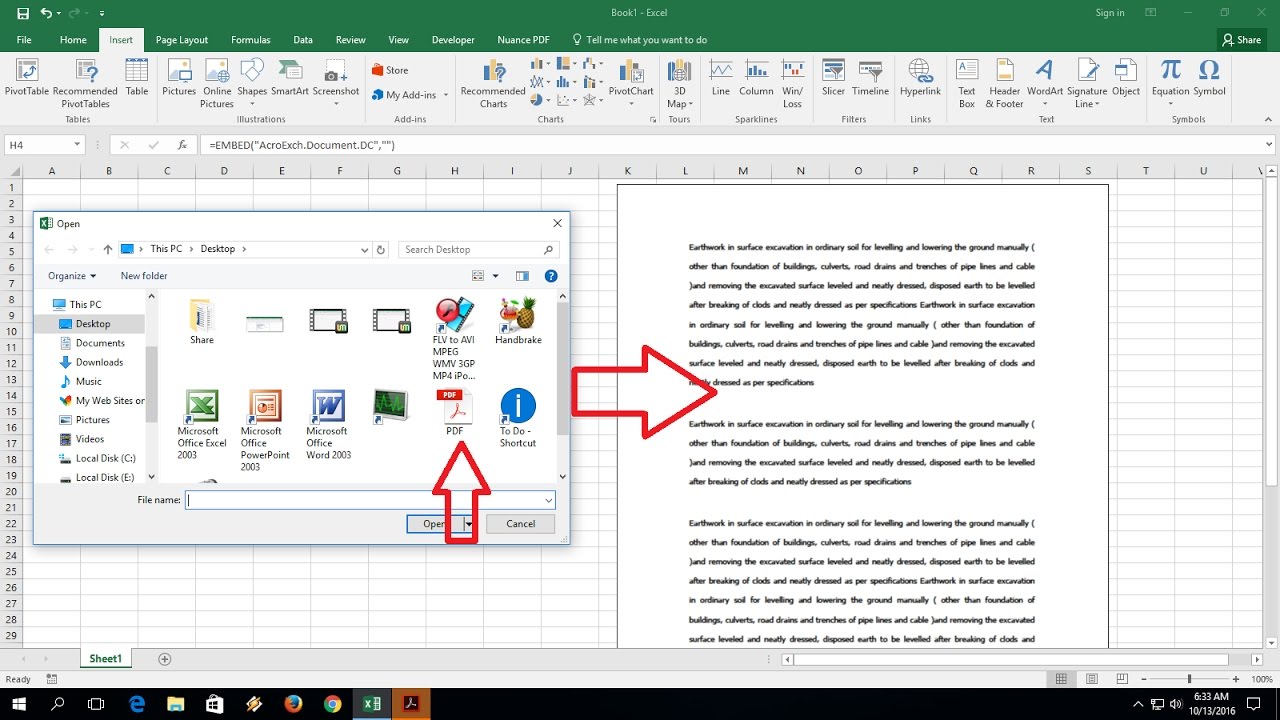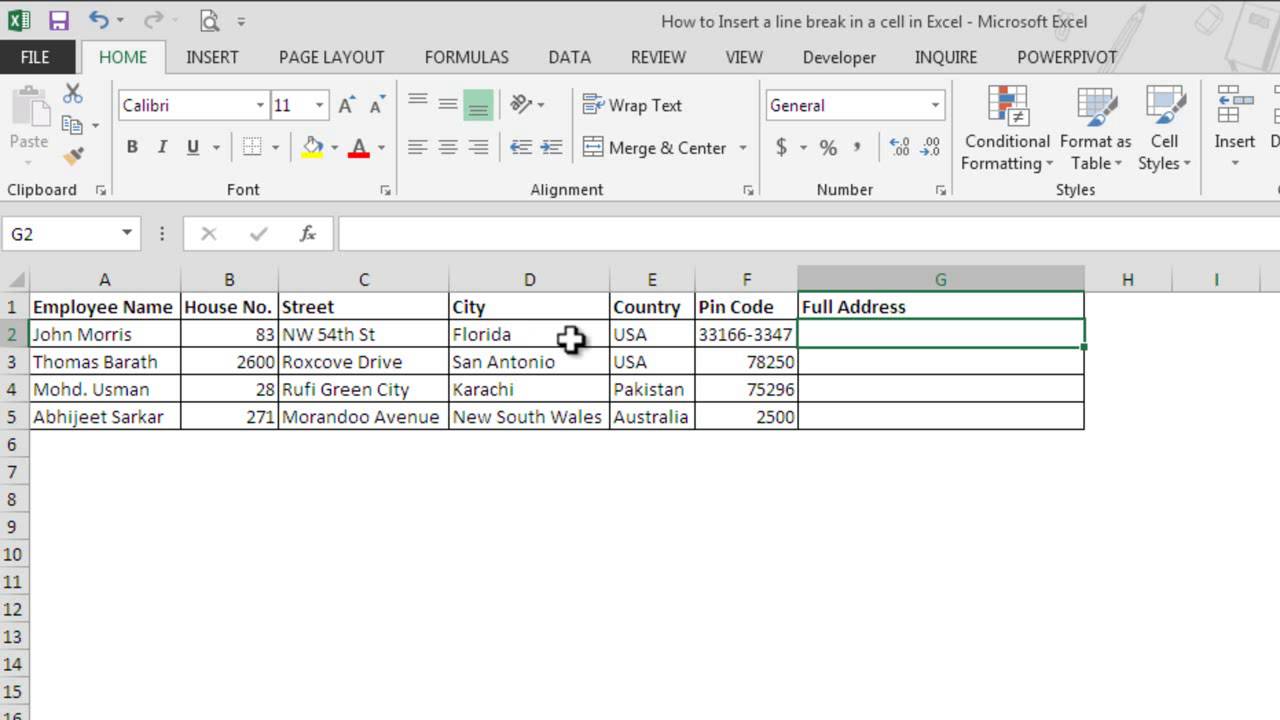Home>Technology and Computers>How To Remove Filter In Excel


Technology and Computers
How To Remove Filter In Excel
Published: February 29, 2024
Learn how to remove filters in Excel with our easy step-by-step guide. Streamline your technology and computer skills today!
(Many of the links in this article redirect to a specific reviewed product. Your purchase of these products through affiliate links helps to generate commission for Noodls.com, at no extra cost. Learn more)
Table of Contents
Introduction
Removing filters in Excel is a fundamental skill that can significantly impact your productivity and data management efficiency. Filters are a powerful feature in Excel that allow users to analyze and manipulate data with ease. However, there are instances when you may need to remove filters to view the unfiltered data or make changes to the filtering criteria. Whether you're a seasoned Excel user or just starting to explore its capabilities, understanding how to remove filters is essential for maintaining accurate and unobstructed data visibility.
In this article, we will delve into the process of removing filters in Excel, providing clear and concise steps to help you navigate this task seamlessly. By the end of this guide, you will have the knowledge and confidence to remove filters from your Excel spreadsheets, enabling you to work with unfiltered data and make necessary adjustments to your datasets.
Let's embark on this journey to unravel the intricacies of removing filters in Excel, empowering you to harness the full potential of this versatile tool.
Read more: How To Remove Hyperlink In Excel
Understanding Filters in Excel
Filters in Excel are a powerful tool that allows users to analyze and manipulate data with precision and efficiency. When working with large datasets, filters enable users to focus on specific information by temporarily hiding rows that do not meet the specified criteria. This functionality is particularly useful for sorting and organizing data, as well as conducting in-depth analysis without altering the original dataset.
In Excel, filters can be applied to columns, allowing users to display only the data that meets certain conditions. This feature is commonly used to identify trends, outliers, or specific subsets of data within a larger dataset. By applying filters, users can quickly isolate and analyze relevant information, making it easier to draw insights and make informed decisions based on the filtered data.
Excel offers various filter options, including text filters, number filters, date filters, and custom filters, each tailored to specific data types. Text filters enable users to filter data based on specific text criteria, such as containing or not containing certain words or phrases. Number filters allow for filtering numerical data based on conditions such as greater than, less than, or equal to specific values. Date filters, on the other hand, facilitate the filtering of date-based data, such as filtering data within a specific date range or based on relative dates.
Additionally, custom filters provide users with the flexibility to create their own filtering criteria using a combination of conditions, enabling precise and tailored data filtering. Understanding the diverse filter options available in Excel empowers users to effectively manage and analyze their datasets, ultimately enhancing productivity and decision-making processes.
It's important to note that while filters are valuable for data analysis, there are instances when it becomes necessary to remove filters. This could be to view the unfiltered data, make changes to the filtering criteria, or simply to revert to the original dataset. By understanding the functionality and versatility of filters in Excel, users can navigate data manipulation with confidence and precision, ensuring that they can leverage this feature to its full potential.
In the next section, we will explore the step-by-step process of removing filters in Excel, providing a comprehensive guide to help users seamlessly manage their data filtering tasks.
Steps to Remove Filter in Excel
Removing filters in Excel is a straightforward process that can be accomplished in just a few simple steps. Whether you're working with a basic dataset or a complex spreadsheet, the following guide will walk you through the process of removing filters with ease.
-
Identify the Filtered Column: Before removing a filter, it's essential to identify the column or columns that have been filtered. In Excel, a filtered column is indicated by the presence of a filter icon in the header cell. This icon typically resembles a funnel or a downward-pointing arrow, signaling that a filter has been applied to the respective column.
-
Access the Filter Options: Once you've identified the filtered column, navigate to the header cell of that column and locate the filter icon. Clicking on the filter icon will reveal a dropdown menu containing various filtering options and criteria that have been applied to the column.
-
Remove the Filter: Within the dropdown menu, look for the "Filter" or "Clear Filter" option, depending on the version of Excel you are using. Selecting this option will remove the filter from the respective column, restoring the visibility of all rows within the dataset.
-
Verify the Removal: After removing the filter, it's important to verify that the filtering criteria have been cleared from the column. You can do this by checking the absence of the filter icon in the header cell and ensuring that all rows are once again visible in the dataset.
-
Repeat if Necessary: If multiple columns have been filtered, repeat the above steps for each filtered column to ensure that all filters have been successfully removed from the dataset.
By following these straightforward steps, you can effectively remove filters from your Excel spreadsheet, allowing you to view the unfiltered data and make any necessary adjustments to the filtering criteria. Whether you're working on financial data, sales reports, or any other type of dataset, mastering the skill of removing filters in Excel is essential for maintaining data accuracy and facilitating seamless data analysis.
Excel's intuitive interface and user-friendly features make it easy for users to manage and manipulate data, empowering them to make informed decisions and derive valuable insights from their datasets. With the ability to effortlessly remove filters, users can maintain control over their data visibility and ensure that they are working with accurate and unobstructed information.
In the next section, we will explore additional tips and best practices for optimizing your data management tasks in Excel, further enhancing your proficiency in leveraging this powerful tool for data analysis and manipulation.
Conclusion
In conclusion, mastering the art of removing filters in Excel is a valuable skill that empowers users to maintain accurate data visibility and streamline their data analysis processes. By understanding the functionality of filters and the step-by-step process of removing them, users can effectively manage their datasets with confidence and precision.
The ability to remove filters in Excel ensures that users can view unfiltered data, make necessary adjustments to filtering criteria, and revert to the original dataset when needed. This level of control over data visibility is essential for conducting thorough analysis and making informed decisions based on accurate and unobstructed information.
As you navigate the realm of Excel and harness its capabilities for data management and analysis, the knowledge of removing filters serves as a cornerstone for maintaining data accuracy and facilitating seamless data manipulation. Whether you're working with financial reports, sales data, or any other type of dataset, the skill of removing filters equips you with the tools to navigate and manipulate data with ease.
Excel's user-friendly interface and diverse features make it a versatile tool for professionals across various industries, enabling them to derive valuable insights and drive informed decision-making. By seamlessly removing filters, users can ensure that they have a clear and unobstructed view of their data, allowing for precise analysis and strategic planning.
In essence, the process of removing filters in Excel is a fundamental aspect of data management that contributes to the overall efficiency and accuracy of data analysis. By following the outlined steps and understanding the significance of unfiltered data visibility, users can elevate their proficiency in Excel and leverage its capabilities to their fullest potential.
As you continue to explore the dynamic landscape of Excel and its myriad features, the ability to remove filters will serve as a foundational skill that enhances your data management prowess and empowers you to extract meaningful insights from your datasets. With this knowledge at your disposal, you are well-equipped to navigate the complexities of data analysis and drive impactful outcomes through informed decision-making.
By mastering the skill of removing filters in Excel, you are poised to excel in your data management endeavors, unlocking new possibilities for efficient data analysis and strategic decision-making.
